Science - The Respiratory System
1/16
Earn XP
Description and Tags
TEST!1!
Name | Mastery | Learn | Test | Matching | Spaced |
|---|
No study sessions yet.
17 Terms
Inhalation
To take oxygen from the atmosphere
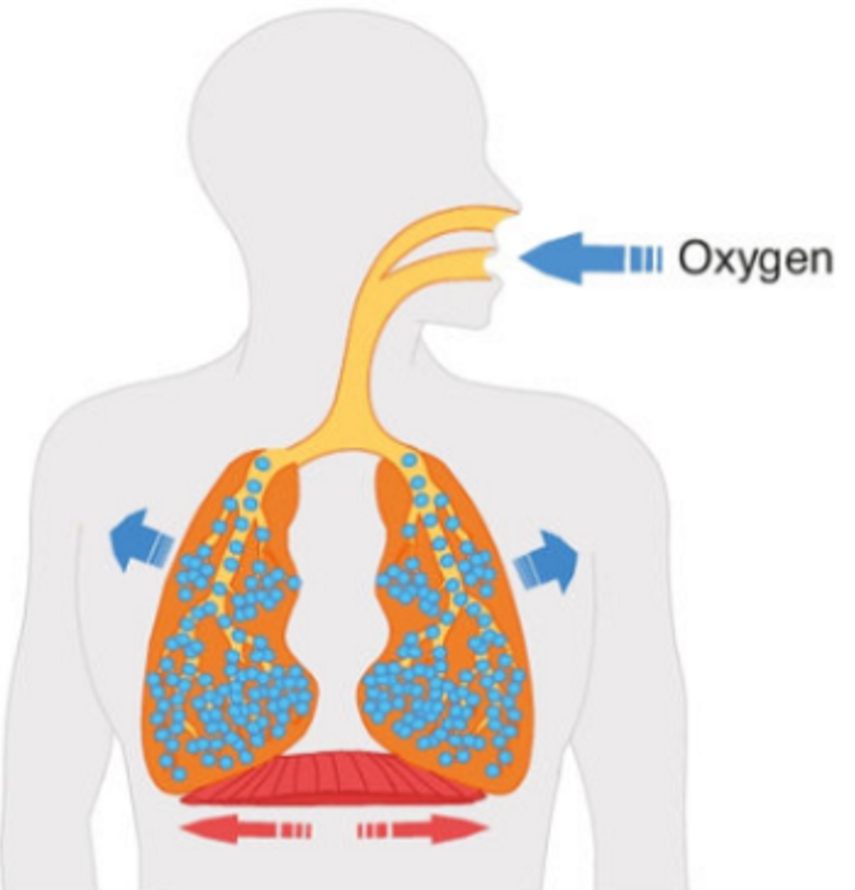
Exhalation
To give out carbon dioxide and water vapour to the atmosphere
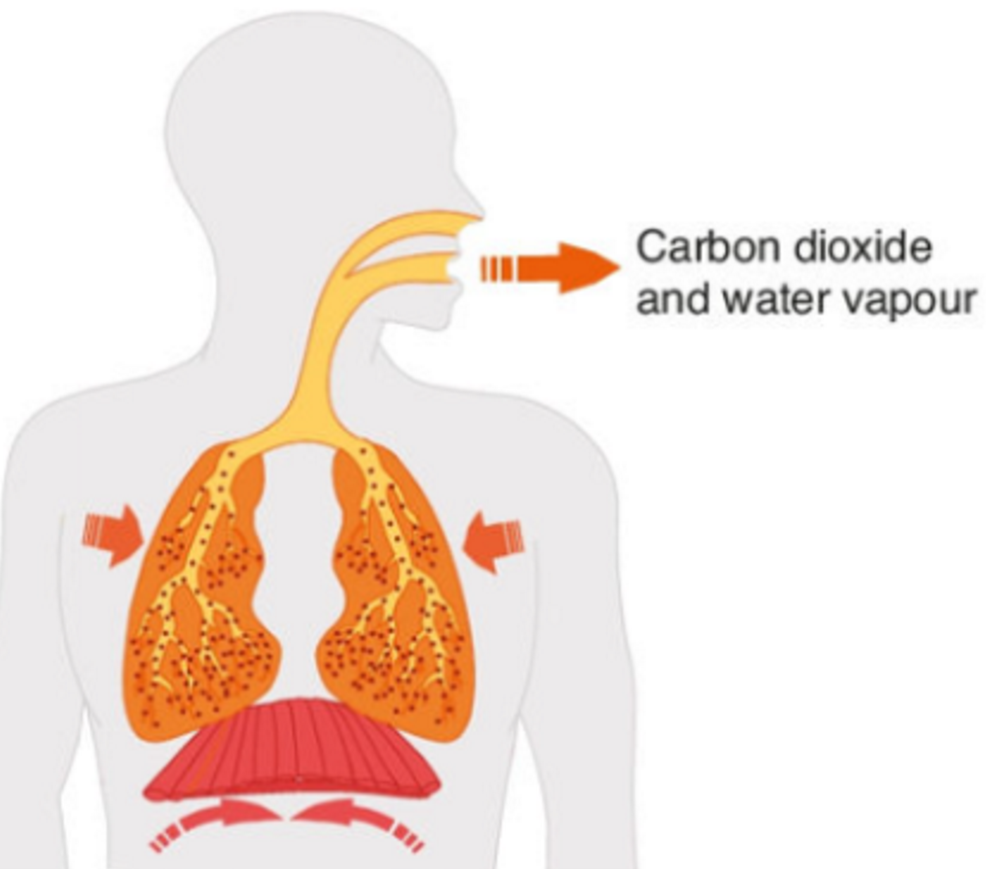
Mouth
Air enters the respiratory system through the mouth
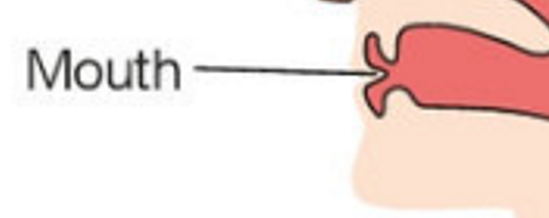
Nose
Air enters the respiratory through the nose. Air that enters the nose is warmed and moistened to make it easier for gases to be exchanged between the lungs and blood. The hairs and mucus in the nose clean the air by removing dust and micro-organisms
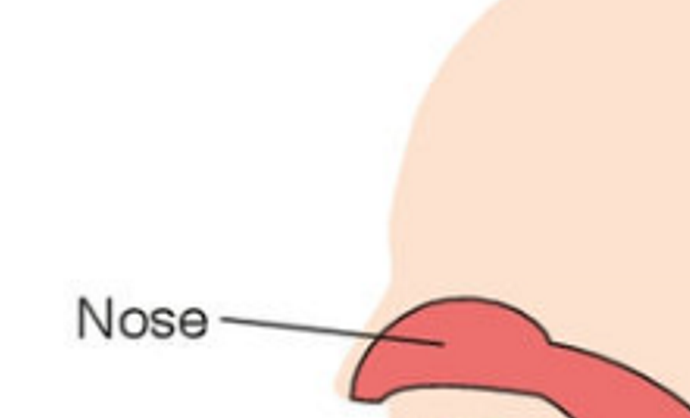
Epiglottis
A flap of tissue that stops food from going down the “wrong way” and entering the trachea
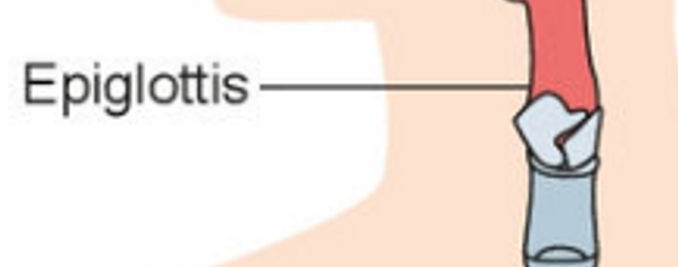
Trachea
Commonly known as the wind pipe. It is made from c-shaped rings of cartilage that keeps it open. It allows air to flow into the bronchus
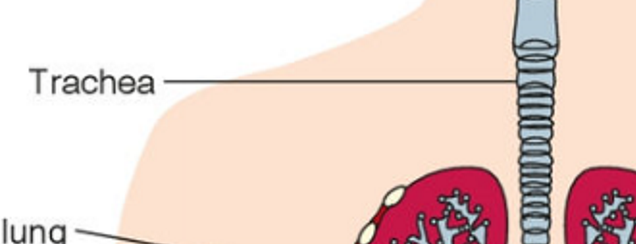
Bronchus
There are two bronchi, one for each lung. This allows air to flow into and out of the lungs
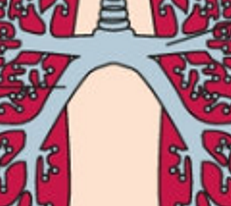
Lungs
Two large and spongy, elastic organs located in the chest cavity. The expand during inhalation and contract back to its normal size during exhalation
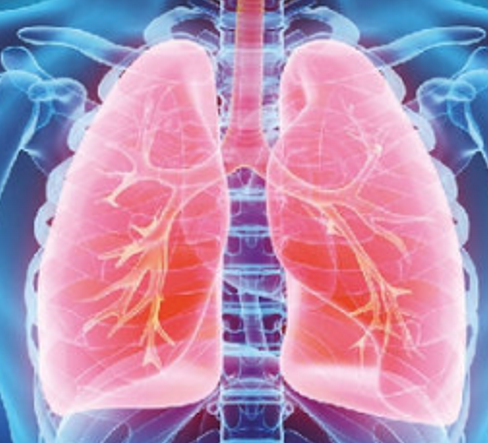
Bronchioles
Each bronchus divides into increasingly narrow tubes in the lungs
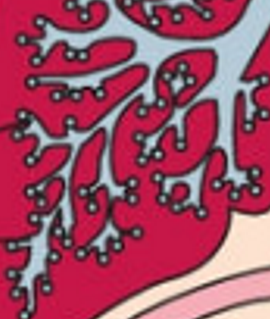
Alveolus
At the tip of each bronchiole is a tiny air sac. There are millions of alveoli in the lungs. This is where exchanges of gases between blood and air takes place. They are surrounded by capillaries that carry blood. Oxygen moves from the alveoli to the capillaries. Carbon dioxide and water move from the capillaries to the alveoli.
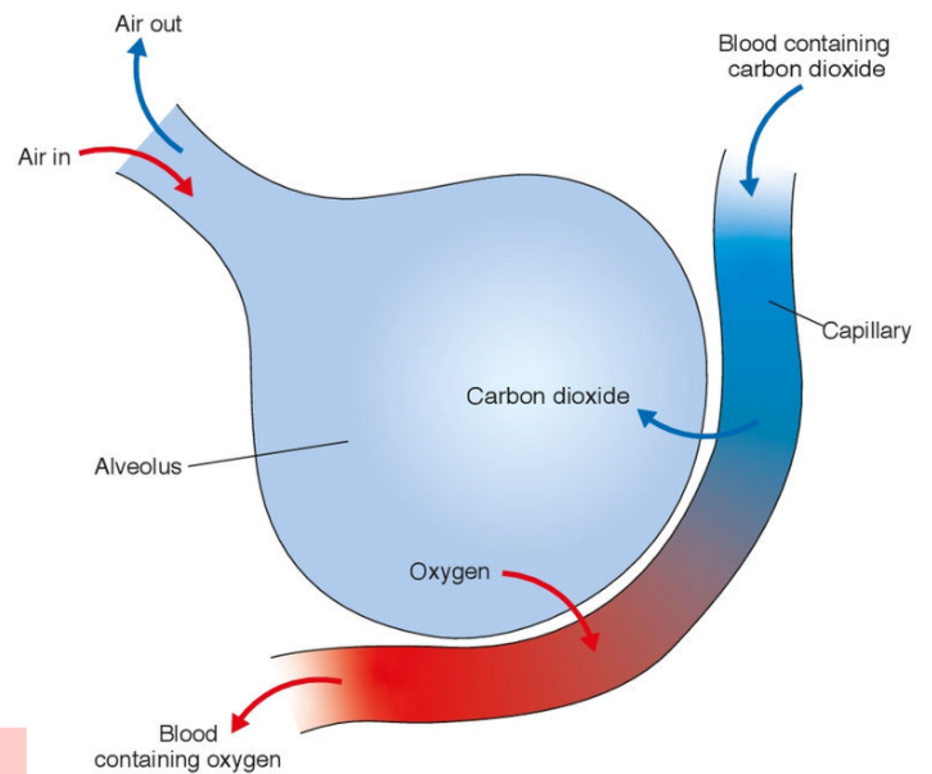
Diffusion
Allows air each gas to move from an area of high concentration to an area of low concentration
Oxygen
Inhaled air = 21
Exhaled air = 16
Carbon dioxide
Inhaled air = 0.04
Exhaled air = 4
Diaphragm
A large sheet of muscles below the lungs, at the bottom of the ribcage.
Intercostal muscles
They move the ribs during inhalation and exhalation
Limewater
Chemical used to test for the presence of carbon dioxide
How do the digestive and respiratory system work together?
The pharynx is opening for the digestive and respiratory systems. Food enters the oesophagus (food pipe) and air enters the trachea (windpipe)